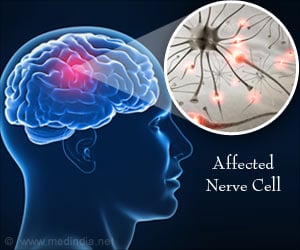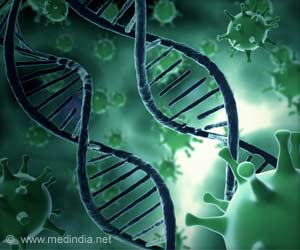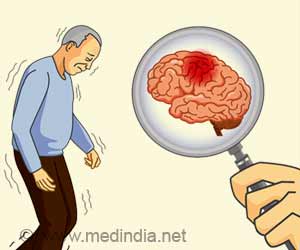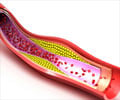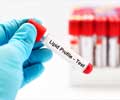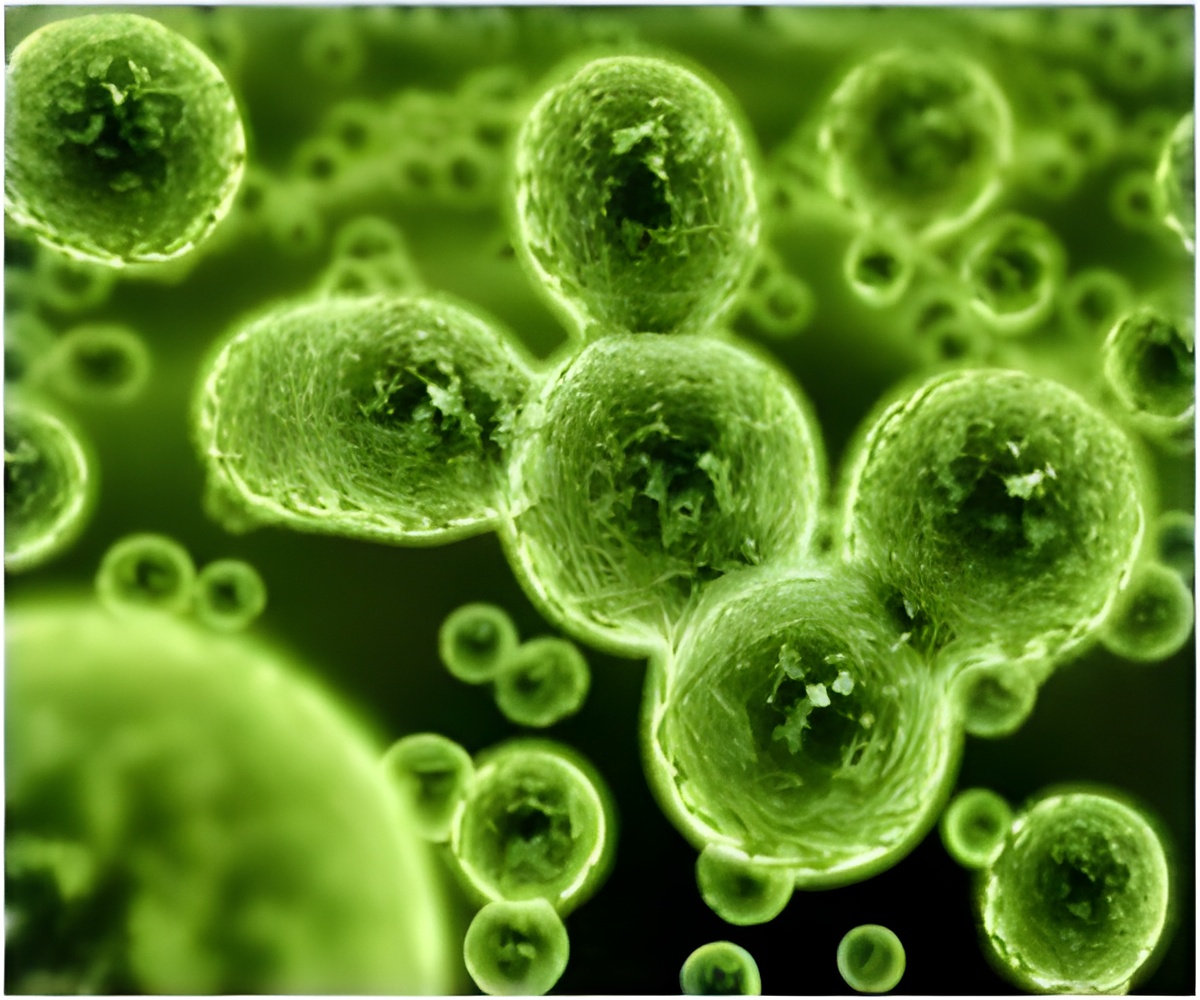
‘Cholesterol present in cells can help pore-forming toxin cytolysin A (ClyA) to puncture nano-sized holes in human or animal cell membranes and kill them.’
Tweet it Now
The toxins bind to the membrane, then finds other toxin molecules around them, forms ring-like structures and punctures a hole in the membrane. Cytolysin A (ClyA) is a type of pore-forming toxin produced by some types of bacteria such as the Escherichia coli, Shigella and Salmonella.
The research team studied how a pore-forming toxin called Cytolysin-A (ClyA) works in the bacteria Escherichia coli. They examined how this toxin forms a ring-like pore composed of 12 protein molecules in the membrane of red blood cells.
“The structure of the toxin is stabilized in the presence of cholesterol, and that is essential for pore formation,” said Pradeep Sathyanarayana from the Centre for BioSystems Science and Engineering at IISc and first author of a paper published in the Proceedings of the National Academy of Sciences.
A supercomputer and powerful microscope was used to visualize single molecules of the toxin protein on the membrane. The team found that cholesterol in the cell membrane acted as a ‘molecular glue’ between neighboring toxin molecules, which plays a significant role in the formation of pores.
Advertisement
The findings of this study might be helpful in understanding the mechanisms associated with these diseases due to the similarity of these toxins to proteins that cause neurodegenerative disorders such as Alzheimer's and Parkinson's.
Advertisement

